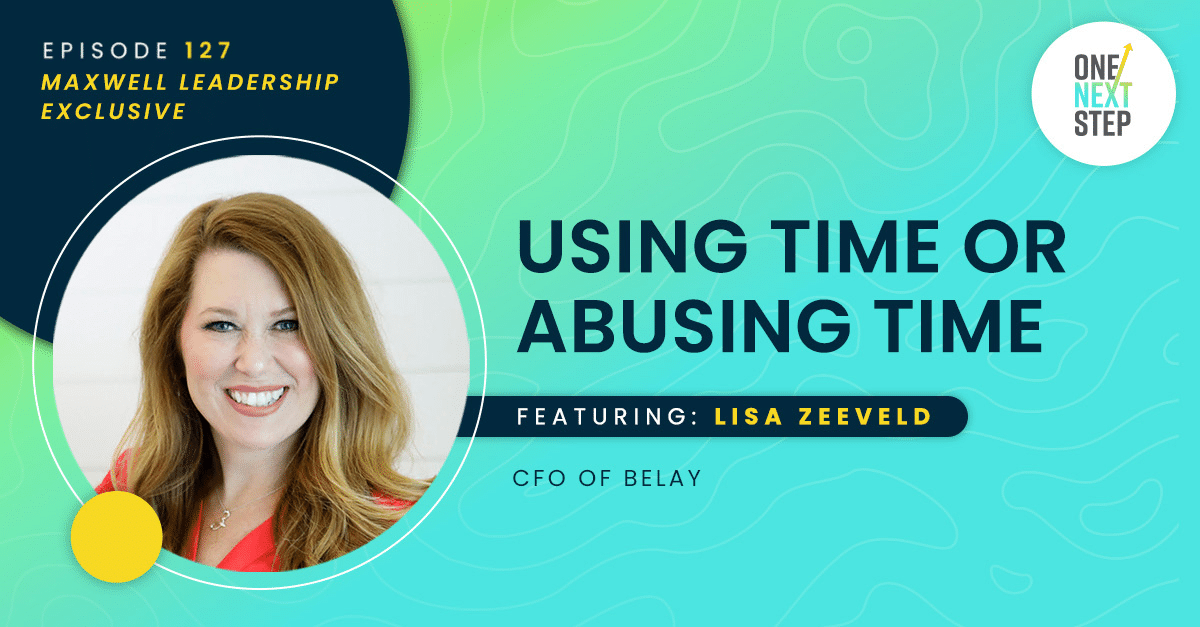1. Forecast your annual revenue by month.
You’ll never know what you can afford if you don’t know how much money you’ll have. As you forecast revenue, consider your business’s seasonality, how many leads are in your pipeline, how long it takes you to close these leads, and when money will arrive in your account based on your business model. Reference industry experts and benchmarks for your initial forecasts as you get started if your company doesn’t yet have historical data.
2. Determine your margins in advance.
With your revenue projected for the next 12 months, decide what percentage of what you earn will pay for the product or service to be produced (cost of goods sold) and what rate you want to keep for profit. Allocate the remaining percentage to operating expenses such as marketing, IT, and employee burden costs like salaries, benefits, taxes, etc. The projected revenue and the fixed percentages will give you and your team an actual dollar amount to plan around.
3. Only pay for what your team needs to achieve the organization’s goals.
Implement a zero-based budgeting process, which Investopedia.com simply describes as a method of budgeting where “budgets are then built around what is needed for the upcoming period, regardless of whether each budget is higher or lower than the previous one.” Instead of merely giving your leaders and team members a sum of money to use the entire year, ask your team to create a budget and request funds based on what they need to achieve their objectives. Most organizations have leaders develop budgets based on what’s allocated for their area. Modern business culture often perpetuates the myth that leaders must spend what’s in their budget so their department doesn’t lose it or so they can justify getting more the next fiscal year. Don’t let this type of behavior take root in your organization



